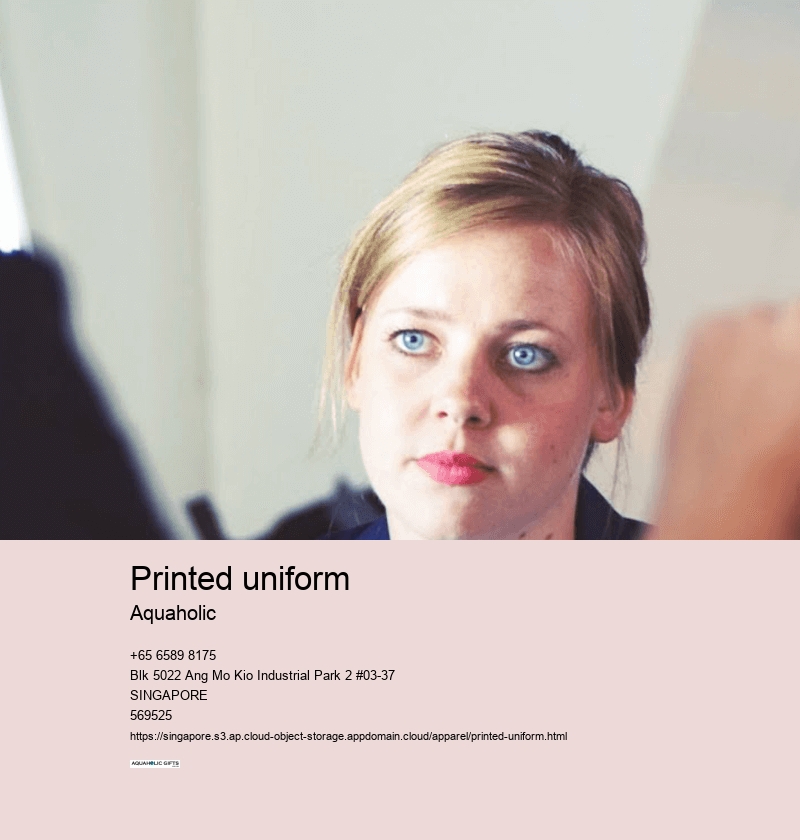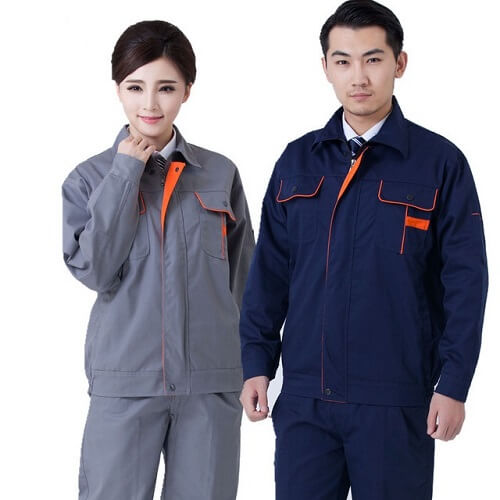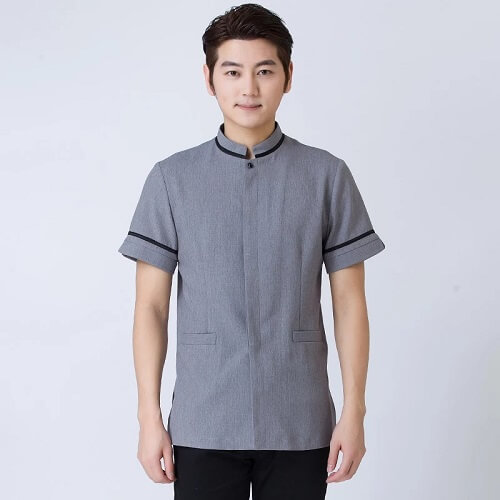printed uniform
uniform embroidery near me
Being ahead of the curve helps in navigating through the competitive seas with foresight and readiness. Knowing the demands of physical work the job is crucial to ensure consistent design. Who says uniforms have to be bland and boring?
Strive for harmony between the logo and uniform. Let’s unfurl the sails and navigate through the intricate archipelago of uniform logo incorporation.
Is it cotton for its ability to breathe? The size of the logo on a uniform is a crucial decision, much like choosing the size of the sails for your ship.
Selecting a material that matches your logo will ensure that it will stand up to the forces of wear, time and the elements. In the maze of fabrics selecting one that is in tune with the environment and the formality of work is a skill we can master today.




